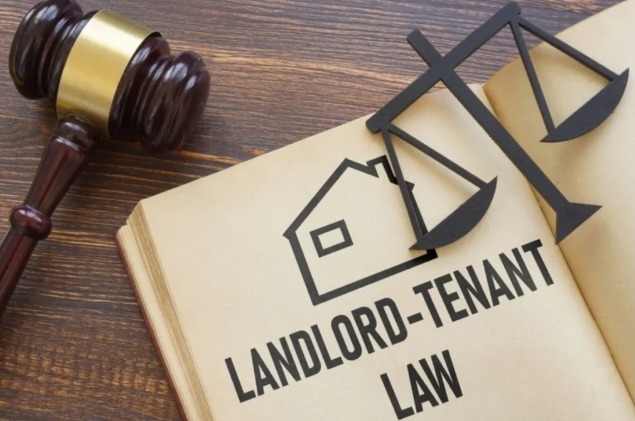Navigating New York City’s rent regulation laws can be overwhelming for property owners. With a complex mix of rent-stabilized and rent-controlled units, evolving legislation, and strict compliance requirements, it’s easy to make mistakes that lead to costly penalties. At FCMRE, we help landlords and property managers stay fully compliant while protecting their investments and maintaining strong tenant relationships. Here’s what every NYC landlord should know about rent regulation.
Rent-Controlled vs. Rent-Stabilized Apartments
NYC’s rent regulation system includes two main categories: rent-controlled and rent-stabilized apartments.
- Rent-controlled apartments are rare today and usually apply to buildings built before 1947 that have been continuously occupied by the same family since 1971. These units have very limited rent increases set by the Rent Control Board.
- Rent-stabilized apartments are far more common. They generally apply to buildings with six or more units built before 1974 or newer buildings receiving specific tax incentives (like 421-a). Rent-stabilized tenants are entitled to annual rent increase limits set by the Rent Guidelines Board, lease renewal rights, and protection from unfair evictions.
Understanding which category your property falls into is the first step in determining your legal obligations as a landlord.
Landlord Responsibilities Under Rent Stabilization
For properties with rent-stabilized units, landlords must follow specific rules to stay compliant:
- Annual Registration with DHCR – Each year, landlords must register their apartments and rents with the New York State Division of Housing and Community Renewal (DHCR). Missing this deadline can affect future rent increases and the legal rent status.
- Lease Renewal Requirements – Landlords must offer tenants renewal leases of one or two years using DHCR Form RTP-8. Failing to do so can lead to tenant complaints and enforcement actions.
- Charging the Legal Rent – Rent increases must align with the percentages established annually by the Rent Guidelines Board. Overcharging tenants can result in DHCR penalties and reimbursement requirements.
- Maintaining Building Services – Tenants are entitled to consistent services and amenities. If building conditions decline, DHCR may order rent reductions until services are restored.
At FCMRE, we track all regulatory deadlines, manage lease renewals, and handle rent registrations to ensure full compliance with DHCR requirements.
Key Legislative Changes to Know
The Housing Stability and Tenant Protection Act (HSTPA) of 2019 dramatically changed how landlords operate in NYC. Major updates include:
- The elimination of vacancy and high-income deregulation.
- Tighter limits on rent increases related to building or apartment improvements.
- More transparency requirements for all tenant communications.
These changes make it harder to remove units from regulation and place greater emphasis on accurate record keeping—a service our team provides through secure, automated systems.
How FCMRE Helps Landlords Stay Compliant
We understand the critical importance of compliance to the financial health of your property. Our experienced management team helps landlords by:
- Preparing and submitting DHCR registrations.
- Tracking rent increases and renewals.
- Ensuring lease compliance and maintaining transparent tenant communication.
- Keeping detailed, organized records of improvements and rent histories.
Staying compliant with NYC rent regulation doesn’t have to be stressful. When you partner with FMRE, you can focus on growing your portfolio while we handle the regulatory details. Contact us today to discuss how we can help.

